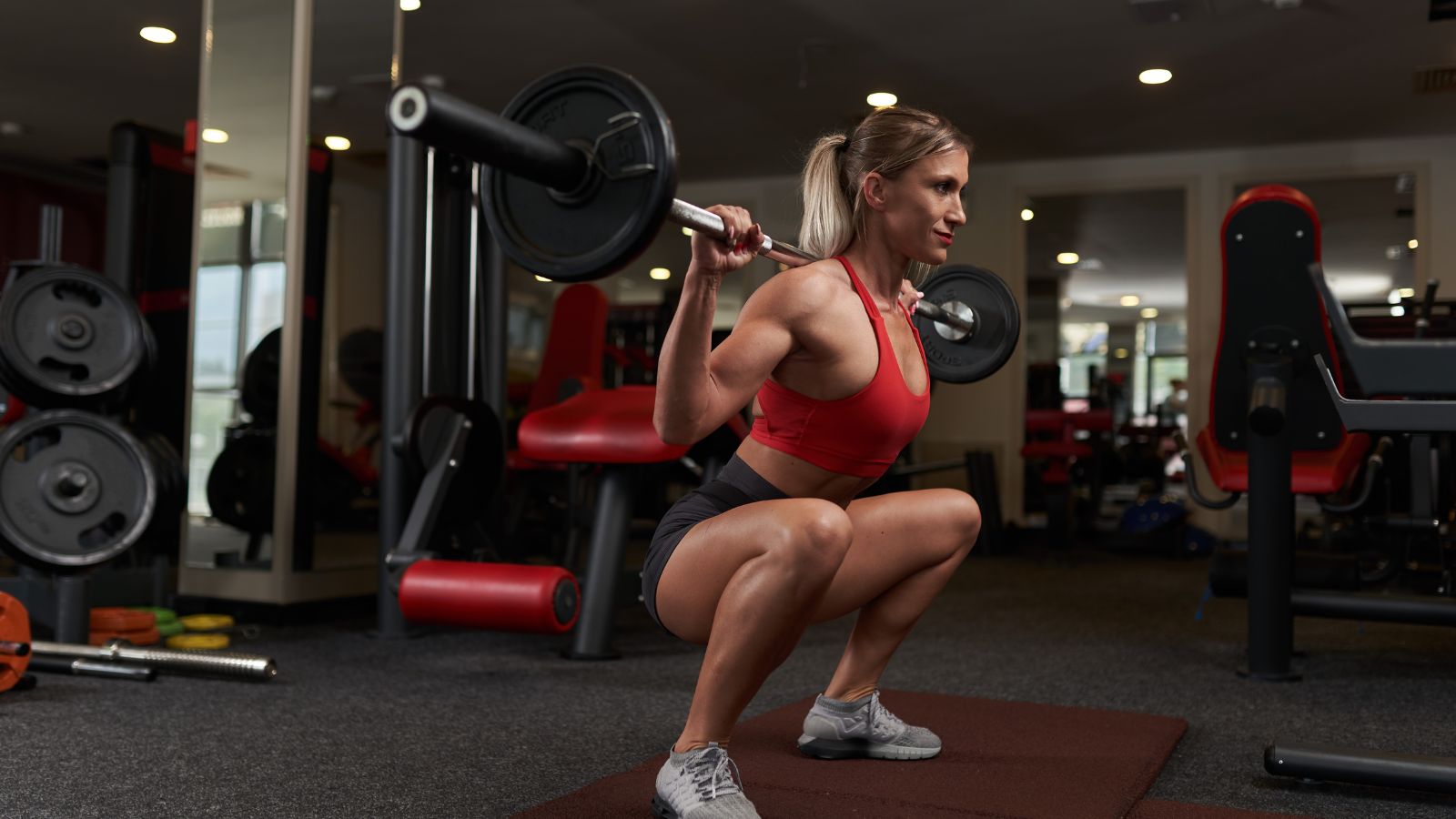When it comes to building lower-body strength and size, the squat is king. But a hot topic in every gym is how deep should you squat? Some swear by “ass to grass,” while others caution that going too low could lead to injury. So what’s the truth about squat depth for muscle growth?
Let’s dive into the science, biomechanics, and practical training tips to determine how deep you really need to go for optimal results.
What Is Squat Depth?
Squat depth refers to how far down you lower your hips during a squat. The most common standards include:
- Quarter squat: Hips above parallel
- Parallel squat: Hips in line with knees
- Deep squat: Hips drop below the knees
Biomechanically, deeper squats require greater knee and hip flexion and activate more muscles in the posterior chain — especially the glutes, hamstrings, and adductors.
Does Deeper Squatting Build More Muscle?
Yes — going below parallel generally results in more total muscle activation in the lower body, especially in the glutes and hamstrings.
A study published in the Journal of Strength and Conditioning Research found that deep squats increase glute hypertrophy significantly more than partial reps.
| Squat Depth | Primary Gains |
|---|---|
| Quarter | Quads, lower back |
| Parallel | Balanced growth |
| Deep | Glutes, hamstrings, adductors |
So if your goal is maximum lower-body development, going deep gives you more time under tension, better range of motion, and more total muscle fiber recruitment — all essential factors for hypertrophy.
Is Squatting Deep Risky for the Knees?
Contrary to popular belief, deep squats are not inherently bad for your knees — if done correctly.
Key form cues to reduce injury risk:
- Keep knees aligned with toes
- Maintain a neutral spine
- Control the descent and avoid “bouncing”
- Warm up the hips and ankles to increase mobility
In fact, a 2013 review from the Scandinavian Journal of Medicine & Science in Sports concluded that deep squats pose no greater risk to knee or spine health than half squats when performed with proper form.
When Should You NOT Squat Deep?
Despite the benefits of depth, not everyone should squat below parallel right away.
You may want to avoid deep squats if:
- You lack hip or ankle mobility
- You’re recovering from knee or back injuries
- You’re lifting maximal loads without spotters or safety bars
In these cases, parallel squats still offer great muscle activation and are safer until mobility and strength improve.
How to Increase Your Squat Depth Safely
If you’re working toward deeper squats, focus on:
- Ankle mobility drills (e.g., banded dorsiflexion)
- Hip openers (e.g., 90/90 stretches, deep goblet holds)
- Using goblet squats or heel-elevated squats to ease into depth
- Pausing at the bottom to build control and confidence
Start light, go slow, and prioritize form over load.
Key Takeaways
- Squat depth for muscle growth matters — deeper squats recruit more glute and hamstring fibers.
- Proper form and mobility are critical to safely reaching deeper ranges.
- Quarter and parallel squats still have value, especially for beginners or injury recovery.
- Build depth progressively using mobility drills and lighter loads.
Read Next
References
Subscribe now and get a 14-day free trial workout app for iPhone users.





